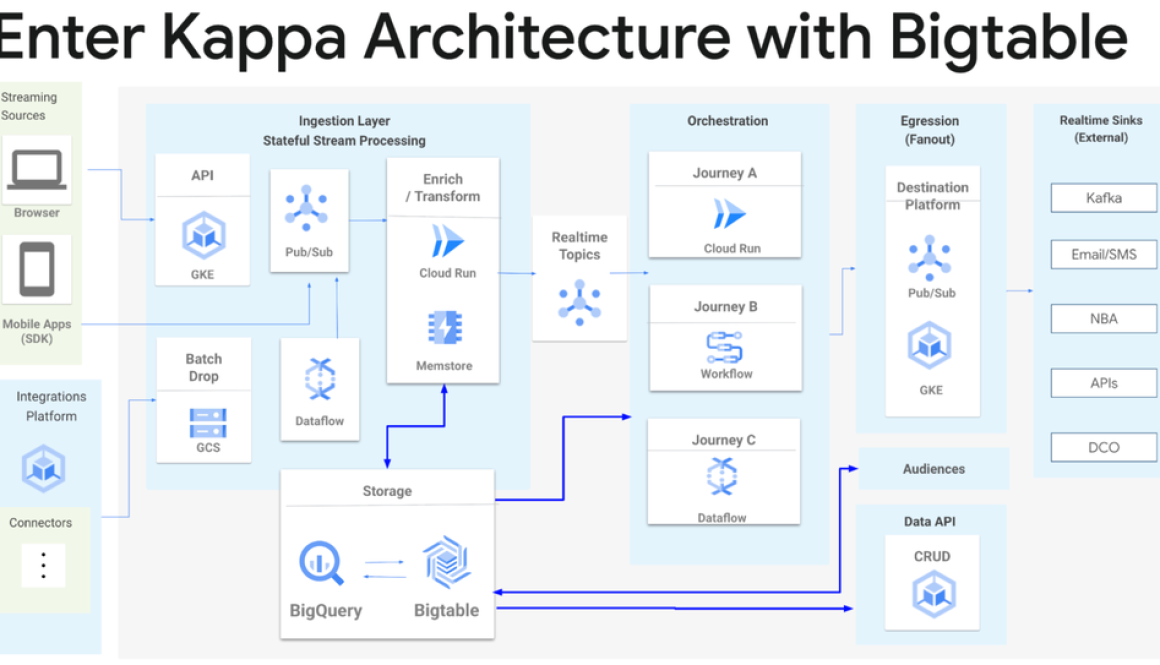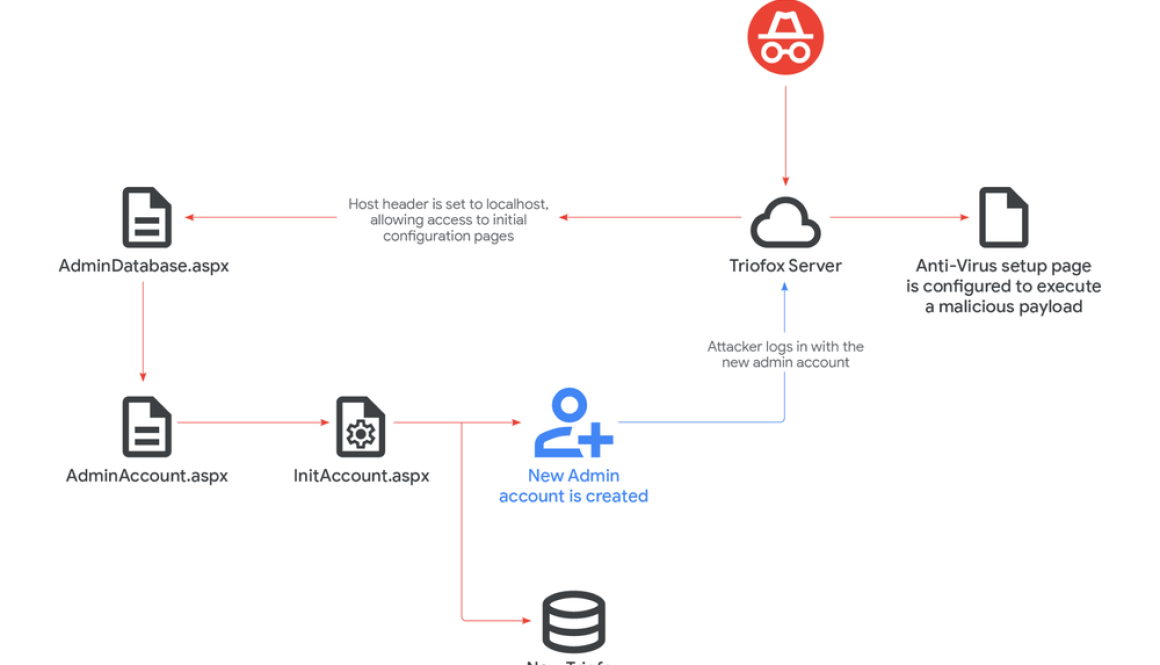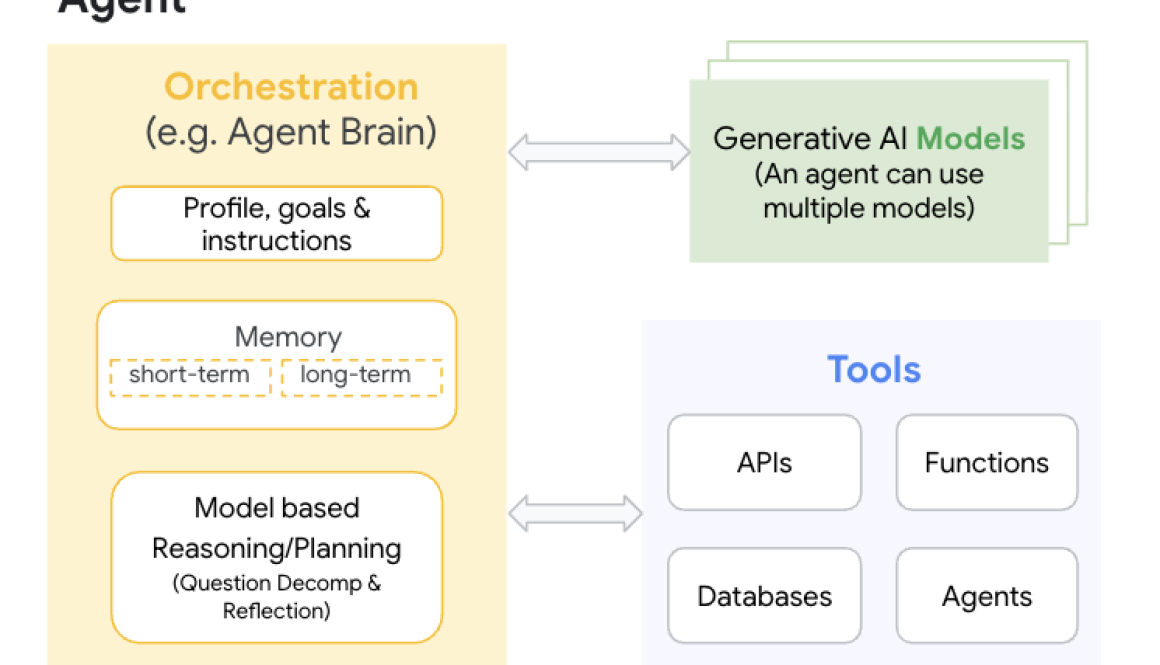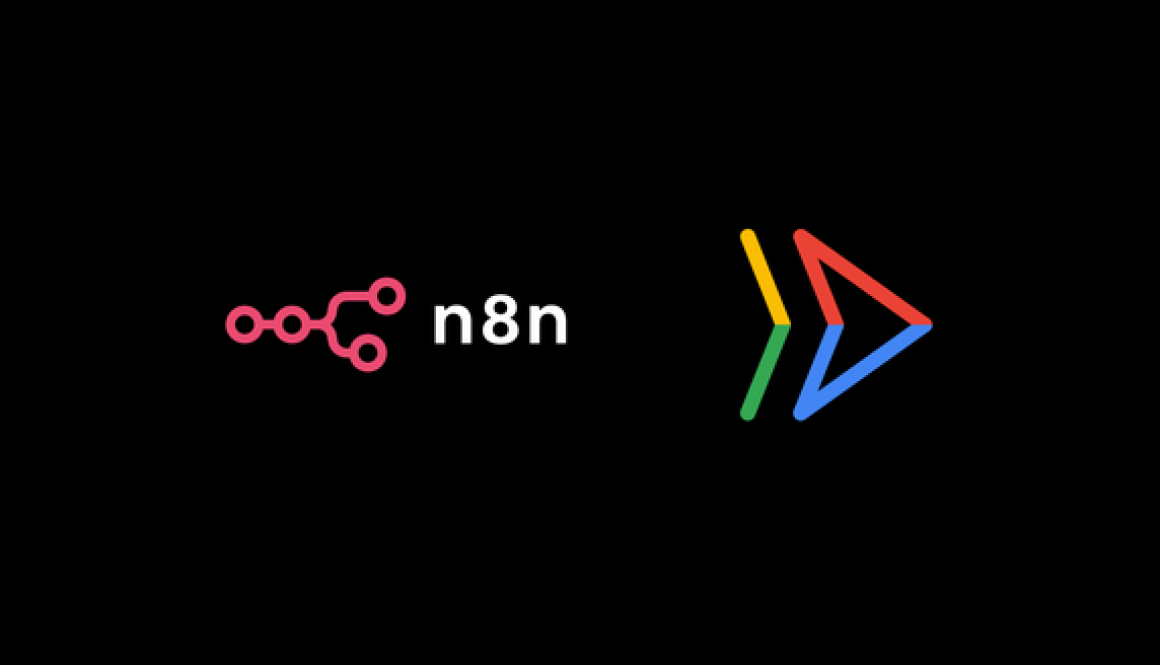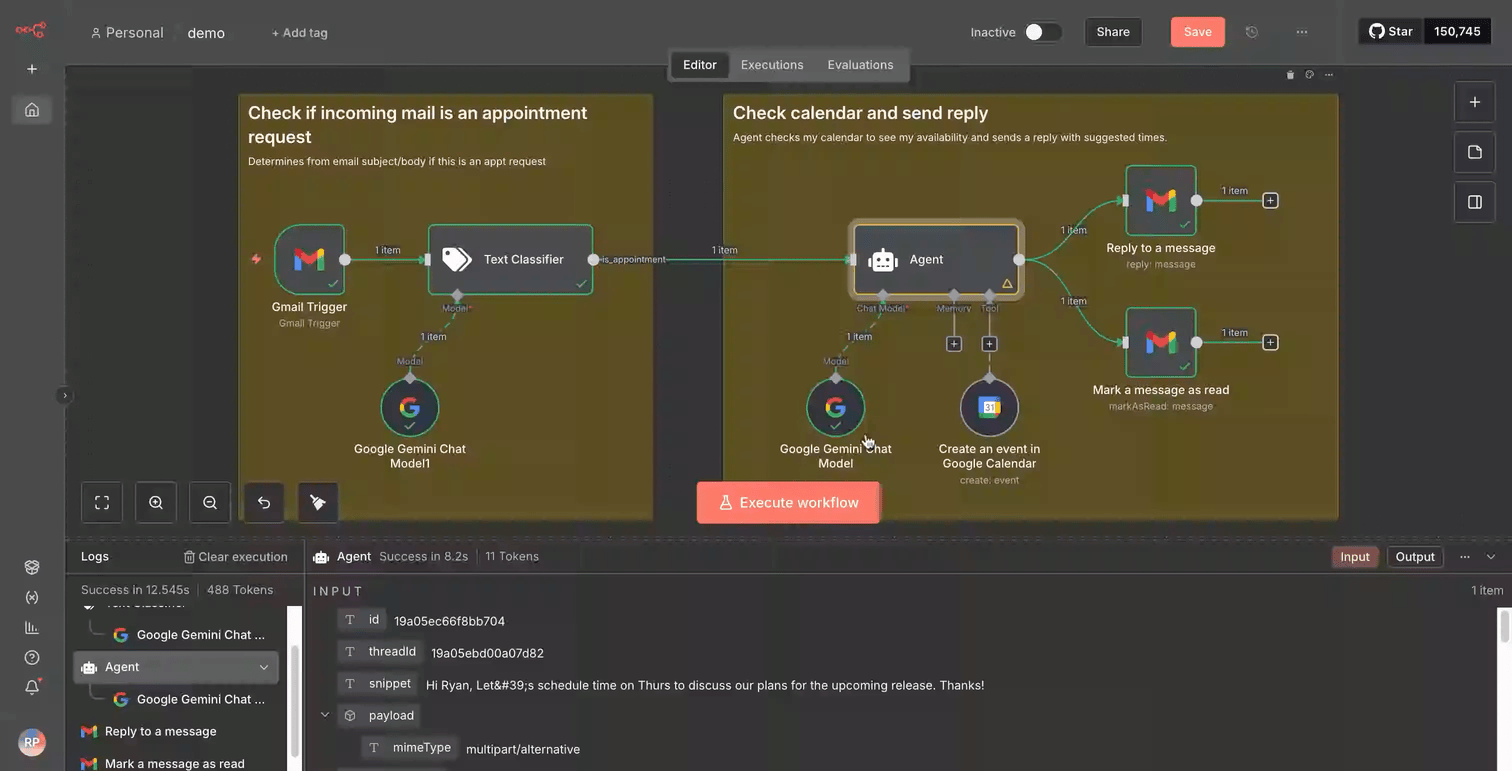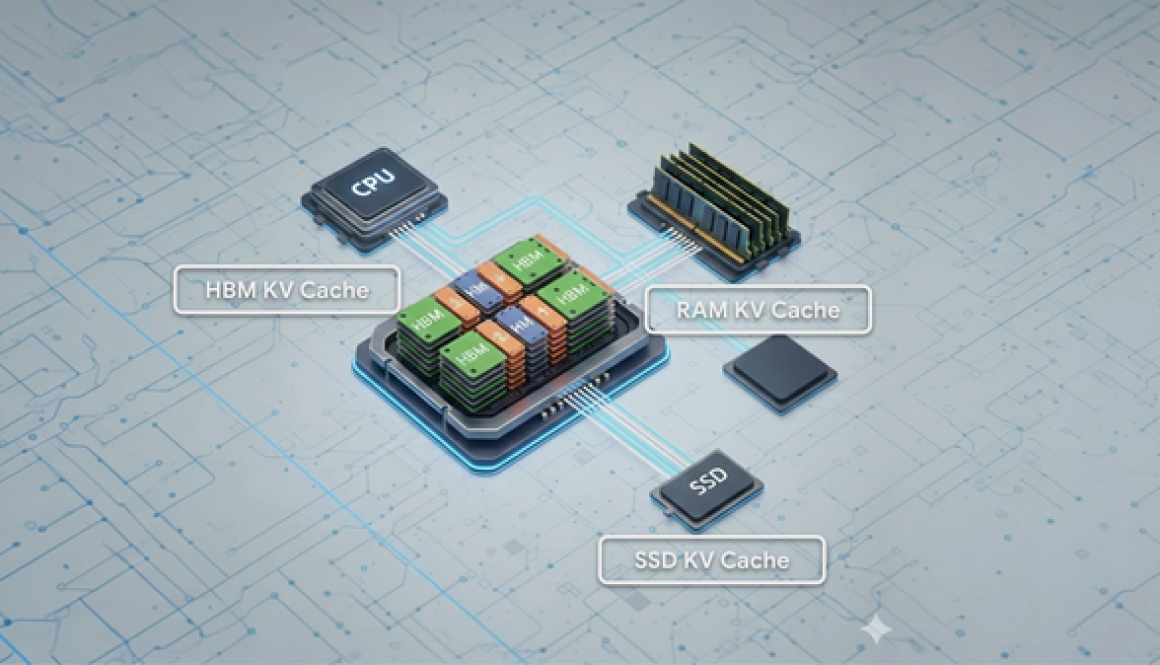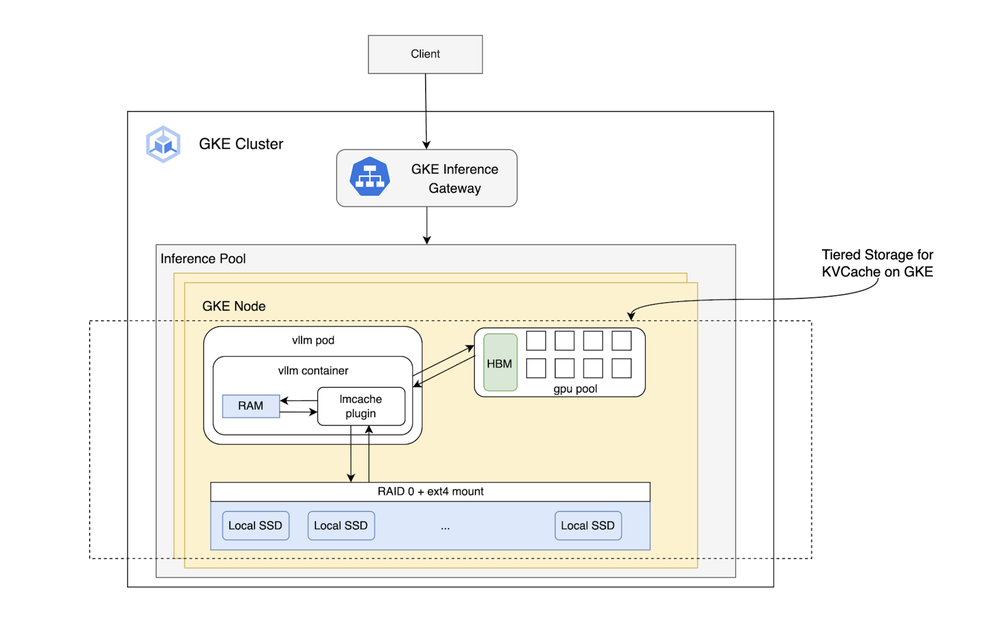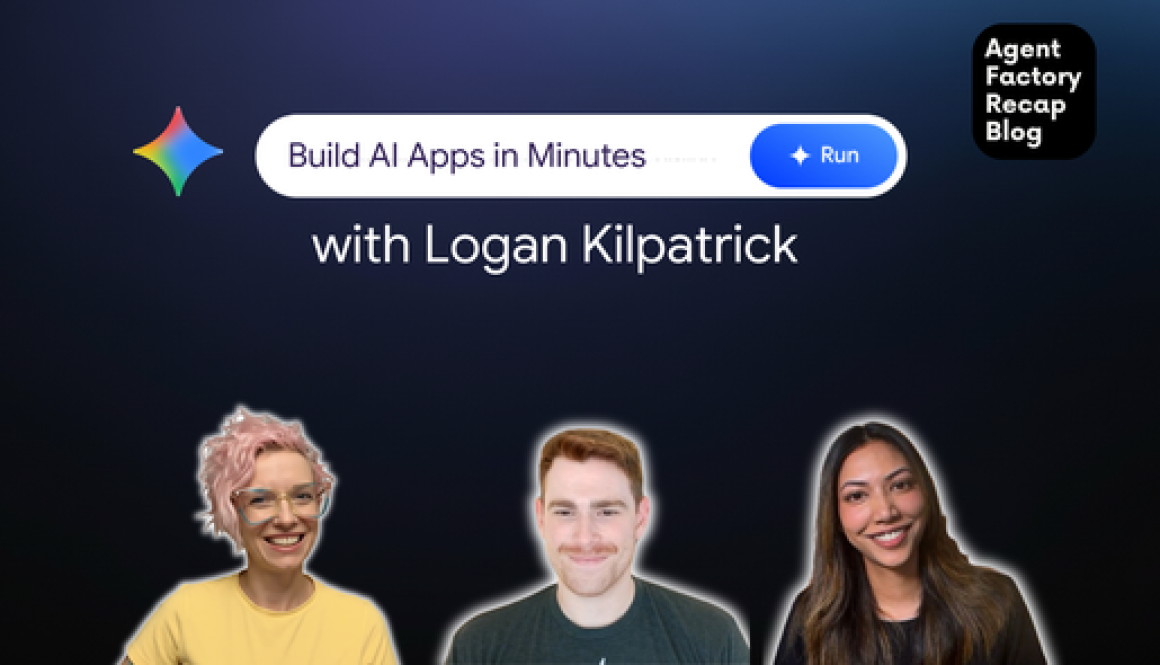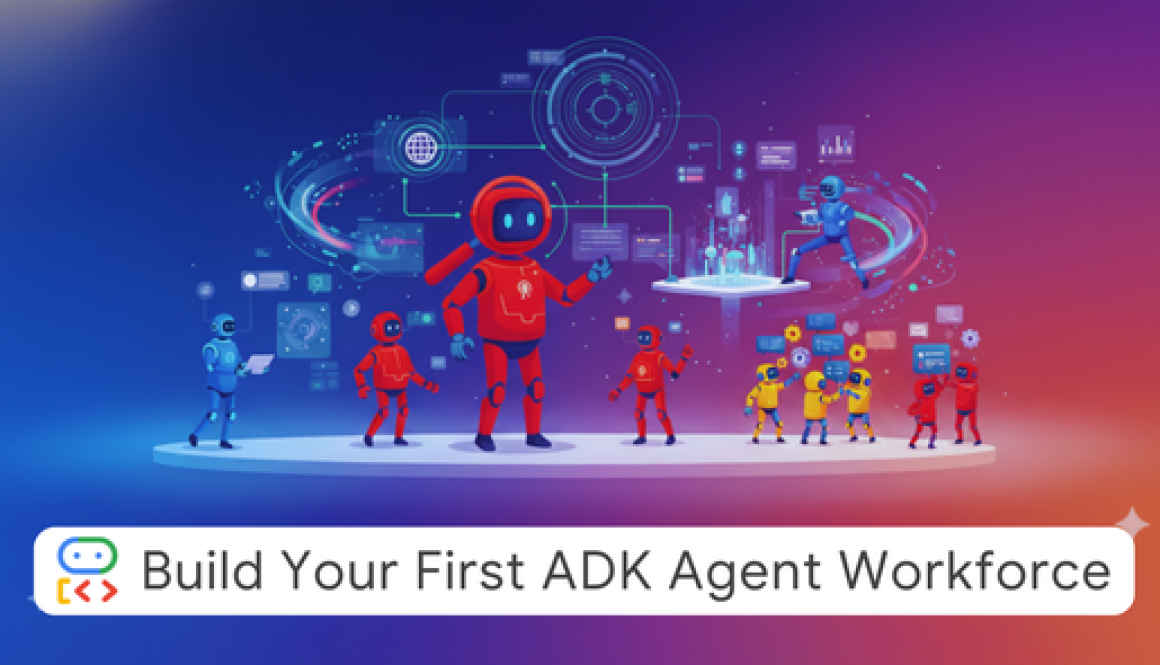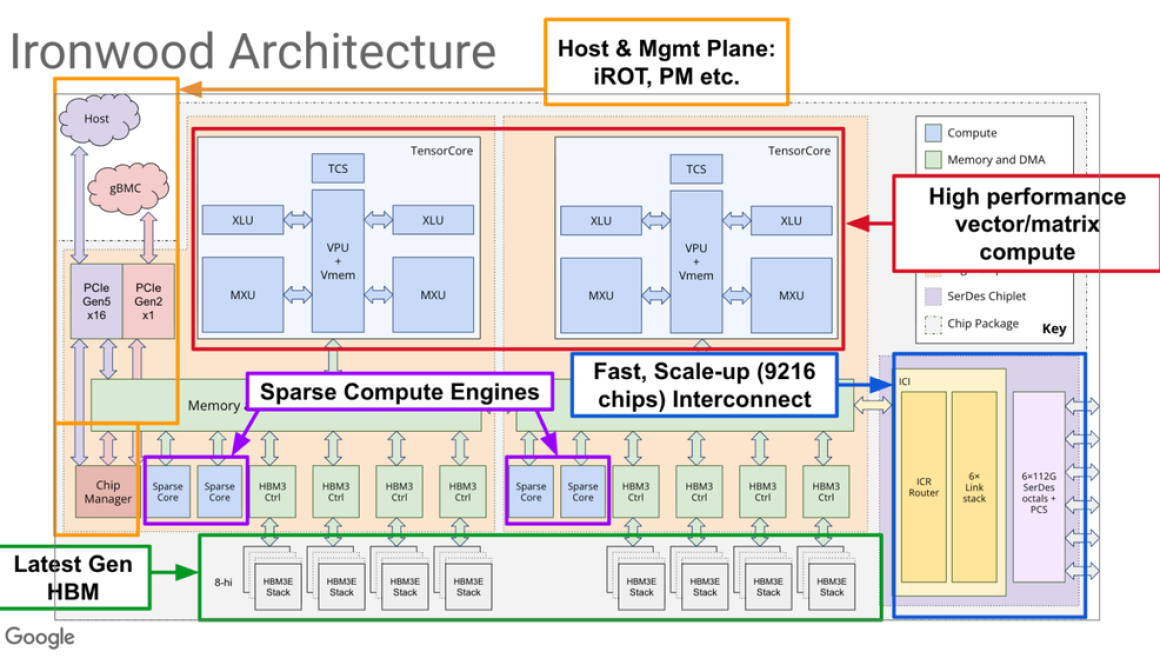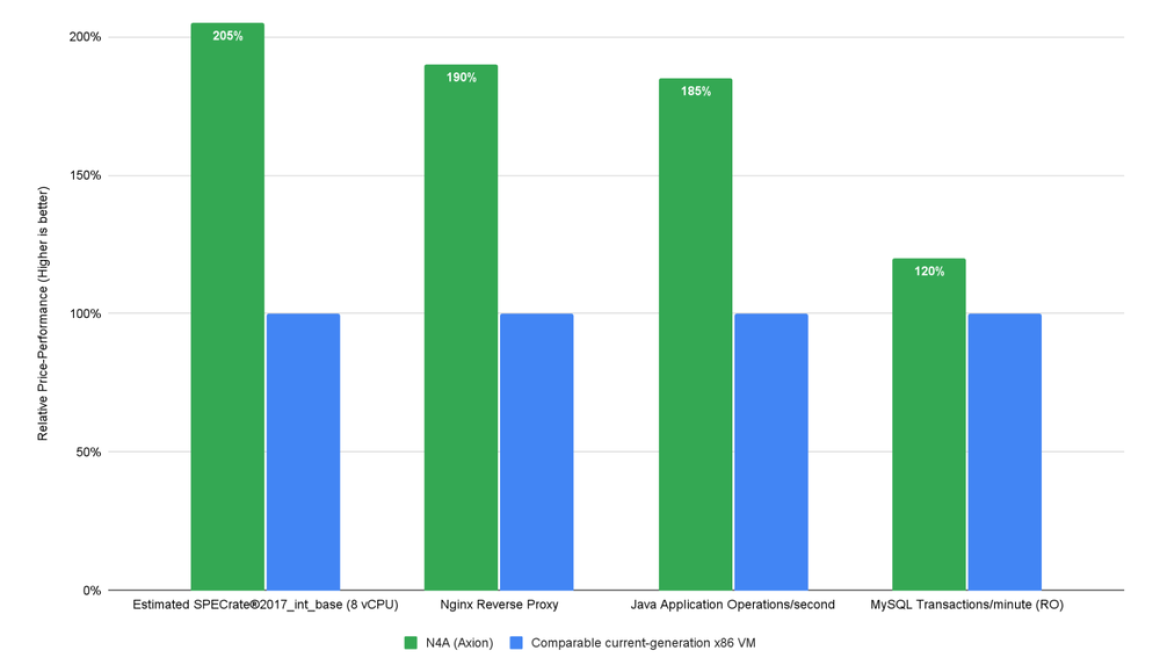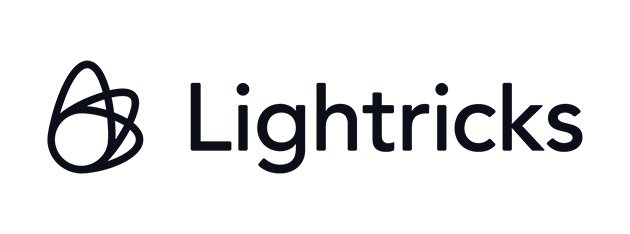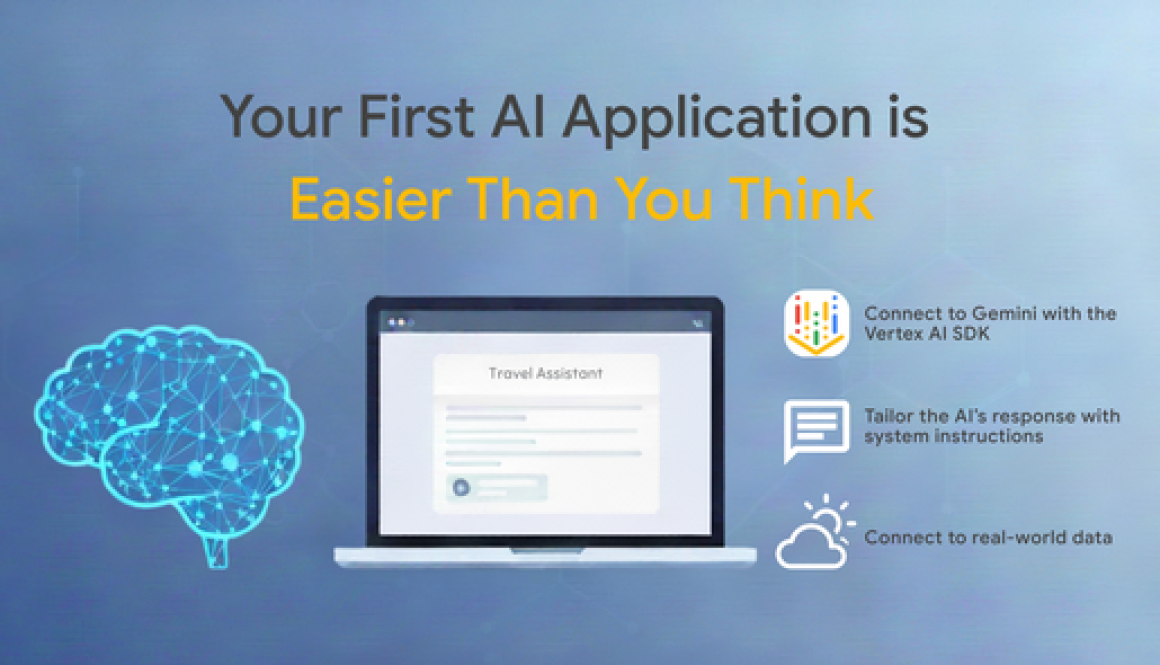GCP – N4D now GA: Gain up to 3.5x price-performance for scale-out workloads
In today’s competitive environment, IT leaders are faced with supporting application scale, rolling out more features, and enabling high-bar customer experiences. This creates a direct and complex challenge: finding the right balance between performance and total cost of ownership (TCO) for the general-purpose workloads that power everyday business operations.
Today, we are announcing the general availability of the N4D machine series, the latest addition to Google Compute Engine’s cost-optimized, general-purpose portfolio. Addressing a wide range of workloads, such as web and application servers, data analytics platforms, and containerized microservices, N4D provides a flexible and price-performant solution.
The N4D machine series combines Google’s Titanium infrastructure with 5th Gen AMD EPYC™ “Turin” processors, delivering up to 3.5x the throughput for web-serving workloads vs. the previous-generation N2D. N4D offers predefined shapes of up to 96 vCPUs and 768 GB of DDR5 memory, up to 50 Gbps of networking bandwidth, and Hyperdisk Balanced and Throughput storage. To deliver a blended cost savings, N4D allows you to move beyond rigid instance sizing for both compute and storage, with Custom Machine Types to independently configure the exact number of vCPUs and amount of memory, complemented with Hyperdisk, for tuning disk storage performance and capacity. For the most demanding general purpose workloads, pair N4D together with consistently high performance of C4D.
Google Cloud provides workload-optimized infrastructure to ensure the right resources are available for every task. Titanium in particular, with its multi-tier offloads and security capabilities, is foundational to that infrastructure. Titanium offloads networking and storage processing to free up the CPU, and its dedicated SmartNIC manages all I/O, ensuring the AMD EPYC cores are reserved exclusively for your application. Titanium is part of Google Cloud’s vertically integrated stack — from the custom silicon in our servers to our planet-scale network traversing 7.75 million kilometers of terrestrial and subsea fiber across 42 regions — that is engineered to maximize efficiency and provide the ultra-low latency and high bandwidth to customers at global scale.
A new standard for price-performance
N4D machine series doesn’t just inch past the previous N2D generation; it sprints, delivering up to 50% higher price-performance for general computing workloads and up to 70% better price-performance for Java workloads. For web-serving workloads, N4D leverages Titanium and AMD’s Turin processors to drive incredible throughput. This results in up to 3.5x the price-performance vs N2D, driving faster response times and a better overall experience for your end-users.
As of October 2025. Performance based on the estimated SPECrate®2017_int_base, estimated SPECjbb2015, and Google internal Nginx Reverse Proxy benchmark scores run in production. Price-performance claims based on published and estimated list prices for Google Cloud.

“Our edge proxy fleet and internal data pipelines observed a 3-4x performance improvement on Google Cloud’s N4D instances compared to N2D. Our benchmarks also show N4D processes the same workload with significantly greater consistency while using just a fraction of the CPU. This leap in price-performance allows us to efficiently scale our general-purpose workloads, and fits neatly in our fleet alongside more specific Google compute products we leverage.” – Matt Schallert, Member of Technical Staff, Chronosphere

“A 10% increase in throughput while cutting costs by up to 50% is a massive win for TCO optimization. That’s what we achieved on Google Cloud’s N4D machine series. For MediaGo, this efficiency is critical. It allows our AI-driven advertising platform to scale more cost-effectively, directly supporting our mission to maximize ROI for our global partners.” – MediaGo

“The move from N2D to N4D is a significant generational leap. This 144.14% performance uplift over 152 tests is a testament to Google’s Titanium, unlocking the full potential of the new AMD EPYC ‘Turin’ processors. For those looking for the best possible price-performance in Google Cloud, the N4D instances are a clear winner.” – Michael Larabel, Founder and Principal Author, Phoronix (Read the full study here.)

“With the launch of the new N4D instances, Google Cloud now offers the most comprehensive portfolio based on our 5th Gen AMD EPYC processors, marking a significant milestone in our strategic partnership. N4D machine series combines the leading performance of AMD CPUs with the uniqueness of Google’s Custom Machine Types to deliver a remarkable uplift in price-performance, flexibility, and cost-optimization for everyday workloads. Our benchmark tests confirm this, showing measured performance gains of up to 75% over the previous generation N2D machine series for media encode and transcode workloads.” – Ryan Rodman, Sr Director, Cloud Business Group, AMD
Complementing C4D machine series
Earlier this year, we introduced our general-purpose C4D machine series built on the same underlying processor as N4D. Its consistently high performance and enterprise features like advanced maintenance support, larger shapes, and our next-gen Titanium Local SSDs, make C4D a great fit for critical workloads. In fact, customers such as Silk and Chess.com report greater than 40% improvement in performance with C4D over prior generations.
But critical applications are only part of the story. A modern cloud architecture must also run countless general-purpose workloads where flexibility and price-performance are key. That’s why we designed N4D — as a complement to C4D. By leveraging C4D and N4D in tandem, you unlock the full spectrum of enterprise features, performance, flexibility, and cost-optimization, choosing:
-
C4D for consistent performance: This is your solution for the most demanding, latency-sensitive applications. With up to 200 Gbps networking, Local SSD support along with larger shapes up to 384 vCPUs and bare metal options, C4D delivers predictable, high-end performance for large databases, high-traffic ad and game servers, and demanding AI/ML inference workloads.
-
N4D for flexible cost-optimization: This is the engine for the vast majority of your general-purpose workloads. N4D’s leading price-performance, low cost, and flexibility allow you to slash TCO for applications like web servers, microservices, and development environments.
This approach is already delivering real-world results, allowing customers like Verve to optimize their business from both ends.

“With Google’s Gen4 AMD portfolio, we can optimize for both revenue and cost simultaneously. C4D provides the consistent peak performance we need for our core ad servers — 81% faster than C3D — which directly translates to more revenue from higher fill-rates (successful bid/ask matching). Meanwhile, N4D delivers an incredible 2x performance and price-performance over N2D for everyday workloads, including scale-out microservices with GKE, enabling us to grow while slashing our overall TCO. This ‘Better Together’ strategy allows us to use the consistently peak performance of C4D for our mission-critical services and the flexible, cost-efficient N4D to aggressively reduce TCO everywhere else — a level of optimization that simply isn’t possible with a single VM type elsewhere.” – Pablo Loschi, Principal Systems Engineer at Verve
The Custom Machine Type and Hyperdisk advantage
Custom Machine Types are a key differentiator for Google Cloud, letting you go beyond predefined “T-shirt sizes”. Instead of forcing your workload into a box, you can tailor the infrastructure to fit your workload’s needs, saving on cost. For instance, a memory-intensive workload requiring 16 vCPUs and 70 GB of RAM might typically be placed on a predefined N4D-highmem-16 shape, forcing you to pay for unused resources. With CMTs, you provision the exact 16 vCPU and 70 GB configuration, eliminating that waste and achieving up to 17% cost savings.
With shapes of up to 96 vCPUs and 768 GB of DDR5 memory, the combination of Custom Machine Types and N4D lets you dial in the exact resources you need with flexible vCPU-to-memory ratios along with extended memory support.

“At Symbotic, our vision is to revolutionize the global supply chain with an AI-powered robotics platform built for scale and efficiency. This demands an infrastructure that is both powerful and scalable. Google Cloud’s N4D VMs, powered by AMD’s latest EPYC processors, delivered exactly that. We observed a significant 40% performance uplift compared to the previous N2D generation, allowing us to cut our CPU footprint in half with no change in simulation speed or fidelity. The ability to pair these gains with Custom Machine Types — a capability unique to Google Cloud — is a game-changer. It allows us to precisely sculpt our infrastructure to our workloads and gain a significant TCO advantage versus other cloud offerings.” – Dan Inbar, Chief Information Officer, Symbotic
This granular control and TCO advantage extends beyond compute to your storage. Just as Custom Machine Types let you break free from fixed vCPU-to-memory ratios, Hyperdisk unbundles storage performance from capacity, letting you independently tune capacity and performance to precisely match your workload’s block storage requirements.
This is further enhanced by Hyperdisk Storage Pools for Hyperdisk Balanced volumes, which let you provision performance and capacity in aggregate, rather than managing each volume individually. The result is simpler management, higher efficiency, an easier path for modernizing SAN workloads — all this while helping you lower your storage TCO by as much as 30-50%.
Get started with N4D today
Adopting the latest N4D VM series is easy, particularly if you use Google Kubernetes Engine (GKE), where our custom compute classes remove the operational hurdles of migrating workloads to new hardware. Just add N4D to your prioritized list of VM types to ensure your workloads have the performance and flexibility they need to scale.
N4D is now available in us-central1 (Iowa), us-east1 (South Carolina), us-west1 (Oregon), us-west4 (Las Vegas), europe-west1 (Belgium), and europe-west4 (Netherlands).
Check for the latest availability on our Regions and Zones page and deploy your first instance today in the Google Cloud console or with GKE. Learn more about N4D details here in documentation.
1. 9xx5C-044 – Testing by AMD Performance Labs as of 10/21/2025. N4D-standard-16 score comparison to N2D-standard-16 running FFmpeg v6.1.1 benchmark (average of 2x encode and 2x transcode) on Ubuntu24.04LTS OS with 6.8.0-1021-gcp kernel, SMT On.
Performance uplift (normalized to N2D):
Ffmpeg_raw_vp9 1.76
Ffmpeg_h264_vp9 1.76
Ffmpeg_raw_h264 1.71
Ffmpeg_vp9_h264 1.76
FFmpeg average 1.75
Cloud performance results presented are based on the test date in the configuration. Results may vary due to changes to the underlying configuration, and other conditions such as the placement of the VM and its resources, optimizations by the cloud service provider, accessed cloud regions, co-tenants, and the types of other workloads exercised at the same time on the system
Read More for the details.


